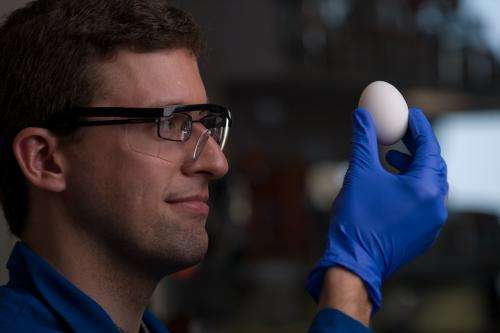Year in Review—The most important research of 2015: January

(ScienceX)—In this new monthly series, we're offering summary articles featuring links to some of the most interesting, intriguing or popular stories that appeared on ScienceX throughout 2015. This is the January 2015 edition.
Starting things off, last January we featured a piece by Elizabeth Howell, who was wondering, how would the world change if we found extraterrestrial life? She offered some ideas from Steven Dick, who has been looking into possibilities ranging from public panic to a discourse on how to proceed. Also provocative was work by a team of U.S. and Australian researchers who announced that they had found a way to unboil eggs—or at least the whites.
Also, an international team of researchers suggested that, in theory, the Milky Way could be a 'galactic transport system', because it could be a huge, stable and navigable wormhole. And a team at the University of Bonn in Germany developed a way to show that atoms can be in two places at the same time—they conducted an experiment that showed individual Caesium atoms taking two paths simultaneously.
There was also news in materials science—a team of researchers with Stanford University described their idea for super-insulated clothing that could eliminate the need for indoor heating—it was based on dipping material in a silver nanowire. In another story, a group at the University of Rochester announced that they had developed laser-generated surface structures that created extremely water-repellent metals—without the need for coating them.
Also intriguing were photos snapped by the Mars Rover Curiosity that led to speculation regarding potential signs of ancient life on the Red Planet. And another team of geologists in the U.S. reported on a rare mineral called Reidite they found in a Wisconsin crater, one of only four known sources on planet Earth.
There were also two reports of groundbreaking work in biomedical research. A team at the University of California reported that they had identified the biological mechanisms for schizophrenia, bipolar disorder and depression, which could of course have a major impact on diagnoses and treatments. In the second, a team at MIT published a paper detailing the link between inflammation and cancer, which could lead to ways to prevent certain cancers from occurring.
Check back tomorrow for the February 2015 edition of our Year in Review series.
© 2015 ScienceX